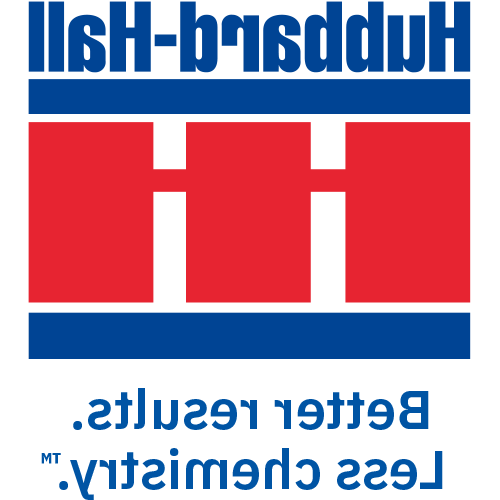Real Solutions to Real Problems
One of the benefits of being in business for so long is that chances are we have seen your problem or one very similar before. When our team of technical experts come on the scene, they rely a long list of experiences and skills developed over 6 generations. This combined with innovative thinking and a lean perspective will help to optimize your process. Check out some of our case studies, or maybe become one of them. Your success is our success.






